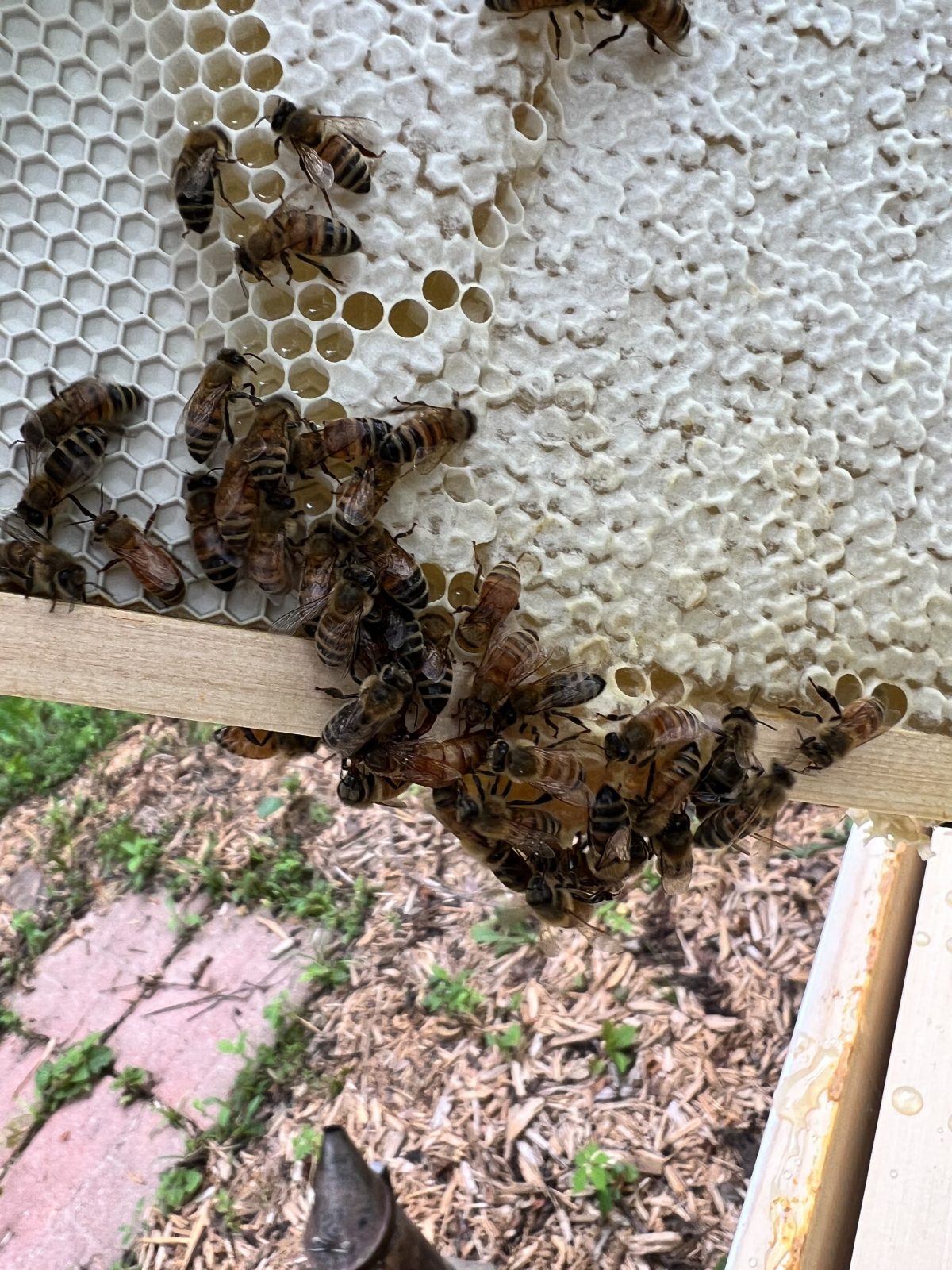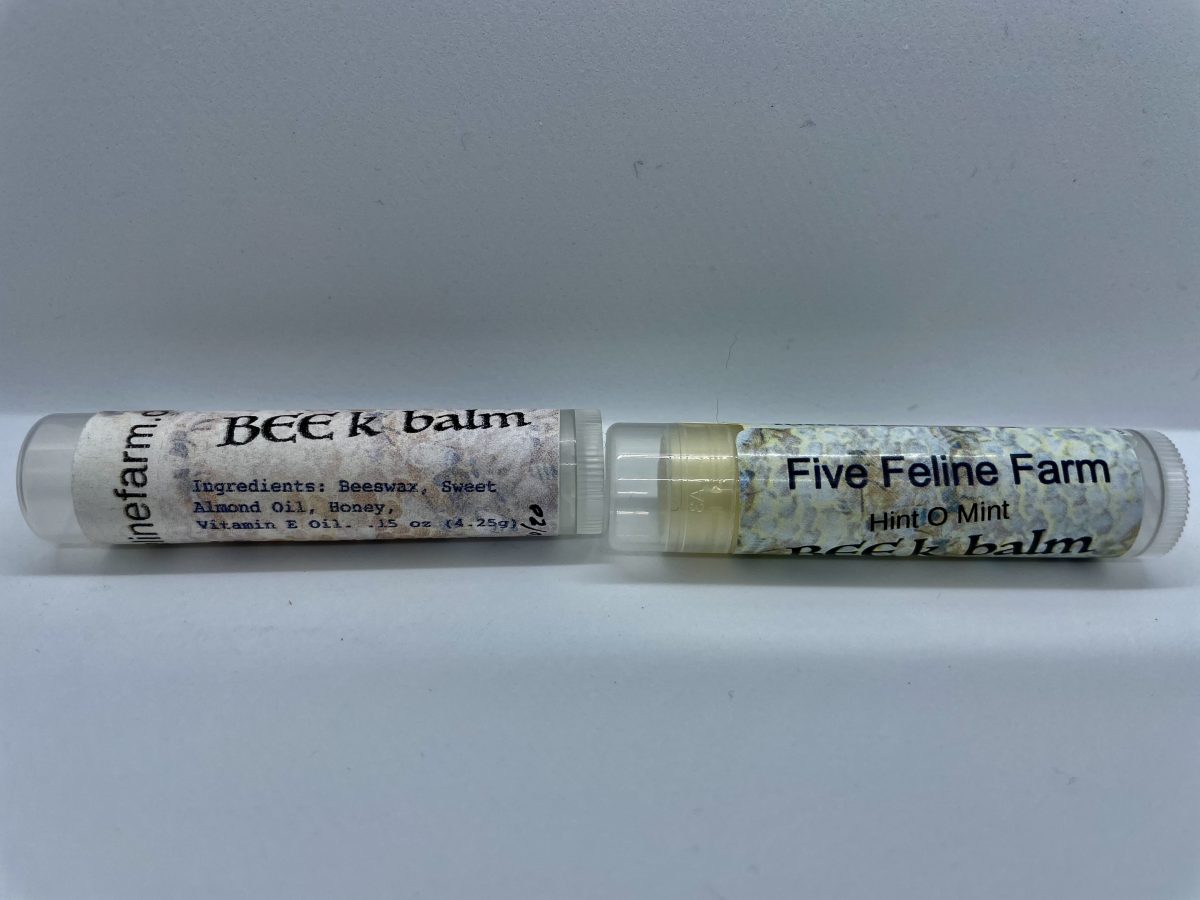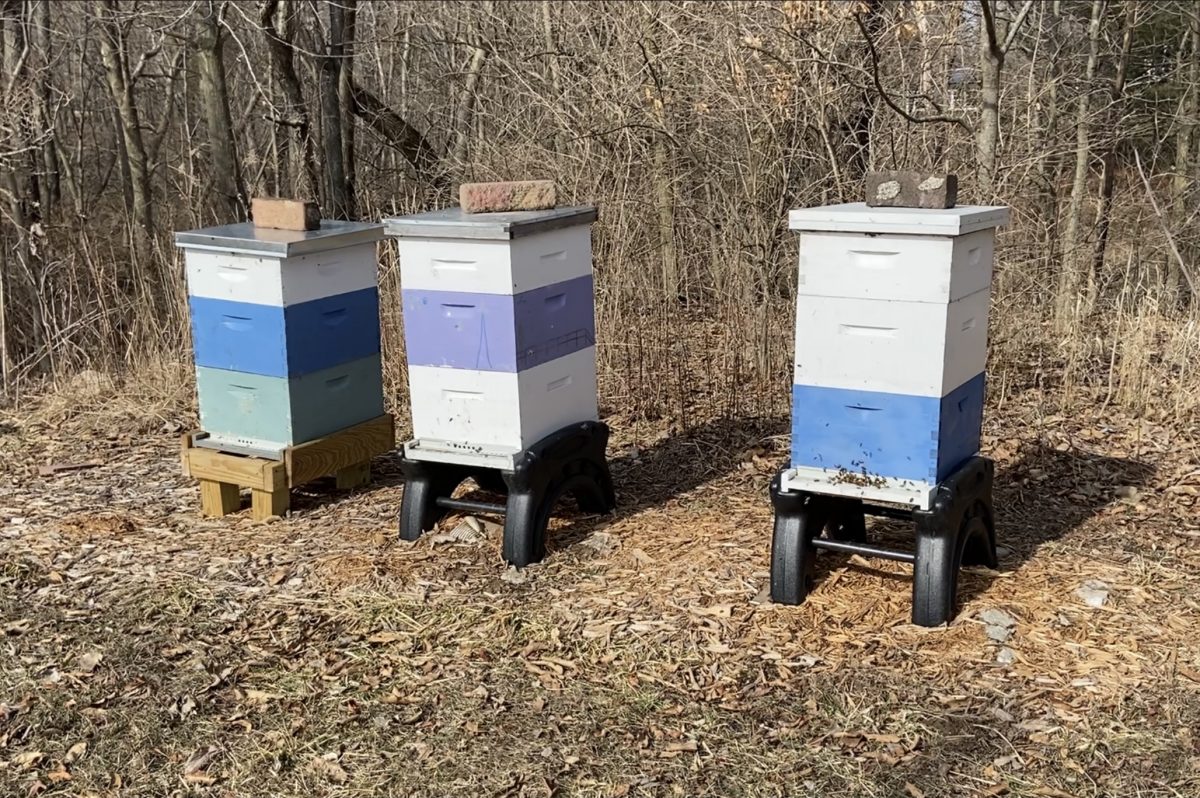Your cart is currently empty!
Tag: Honeybees
-

Understanding Localized Vs. Systemic Reactions: My Journey
There is a distinction between an allergic reaction to a bee sting and being allergic to bee venom. It sounds like a minor semantic difference. It is not. Back when honeybees were an integral part of our farm, many people would respond, “I’m allergic to bees.” What they meant was, that when stung, the area…
-

Origin Stories Are The Best: We Reveal Our Signature Beek Balm Beginning
Have you ever had a happy accident? You know the kind…you forget part of something, like an ingredient in a recipe, but it turns out great anyway? That happened to us with one of our signature products: Hint-O-Mint Beek Balm. It is an odd name for a lip balm, but that is a story in…
-

163-It is Almost Spring at the Farm
—
by
As the title of this episode suggests, we are starting to see warmer temperatures in East Central Illinois. Those warmer temperatures allow us to begin the outdoor tasks like removing invasive plant species and burning up the cuttings. We also have been able to check on the honeybees. We may have lost one colony over…
-

140-Fall Progress
—
by
We have been busy as always at the farm, cleaning out areas of the property that need attention. This time we had much appreciated help from a couple of guys who have the equipment to do tasks much faster than we can. You will also hear an update on the honeybees and what happens when…
